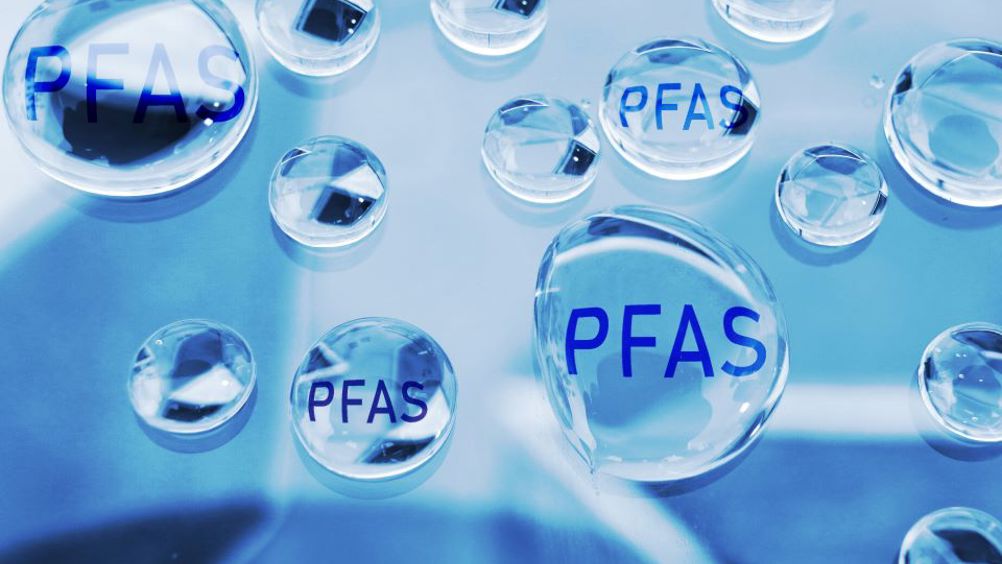Redox electrodialysis and electrosorption combined to remove PFAS
Chemicals that take over 1,000 years to break down and have been linked to serious medical conditions can now be captured and destroyed by combining redox electrodialysis and electrosorption.

This is the claim of a team from the University of Illinois Urbana-Champaign (UIUC) whose study is said to be the first to describe an electrochemical strategy to capture, concentrate and destroy mixtures of PFAS — including ultra-short-chain PFAS — from water in a single process.
PFAS (per- and polyfluoroalkyl substances) are a group of synthetic chemicals that are used in numerous products and are often referred to as ‘forever chemicals’. According to the US Agency for Toxic Substances and Disease Registry, studies have linked exposure to certain PFAS with health effects in humans and animals, including liver damage, immune system damage, low birth weight, and birth defects.
This new development looks set to address the growing industrial problem of contamination with PFAS, particularly in semiconductor manufacturing.
A previous U. of I. study showed that short- and long-chain PFAS can be removed from water using electrochemically driven adsorption (electrosorption), but this method is ineffective for ultra-short-chain molecules because of their small size and different chemical properties.
Register now to continue reading
Thanks for visiting The Engineer. You’ve now reached your monthly limit of news stories. Register for free to unlock unlimited access to all of our news coverage, as well as premium content including opinion, in-depth features and special reports.
Benefits of registering
-
In-depth insights and coverage of key emerging trends
-
Unrestricted access to special reports throughout the year
-
Daily technology news delivered straight to your inbox










UK Enters ‘Golden Age of Nuclear’
The delay (nearly 8 years) in getting approval for the Rolls-Royce SMR is most worrying. Signifies a torpid and expensive system that is quite onerous...